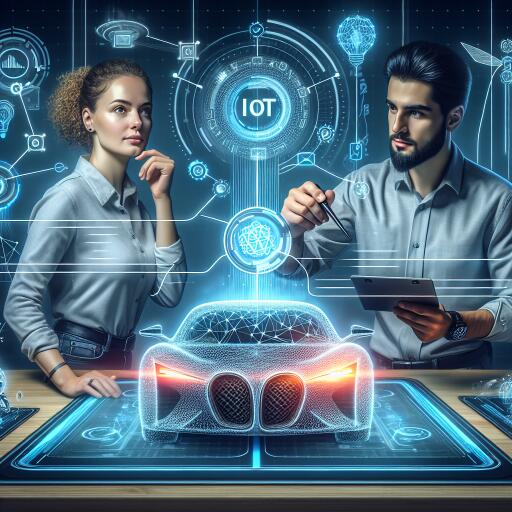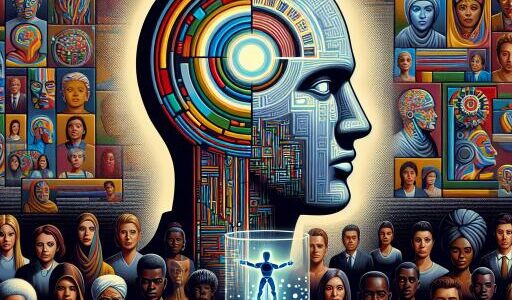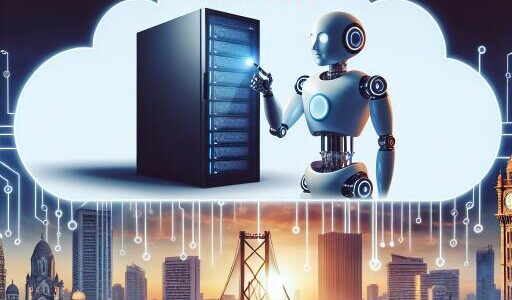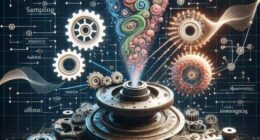How Can Developers Drive Innovation by Combining IoT and AI?
In today’s digital age, the rapid expansion of the Internet of Things (IoT) and artificial intelligence (AI) is reshaping the technological landscape. As these two groundbreaking technologies continue to evolve, their combined potential offers developers extraordinary opportunities to craft innovative, efficient, and highly adaptive solutions across various industries. However, the key lies in leveraging IoT and AI with intent—understanding the intricacies, potential challenges, and best practices to unlock their full potential.
Let’s explore how the thoughtful integration of IoT and AI can be a transformative force for developers.
Transforming Raw Data into Actionable Insights
IoT devices generate vast amounts of data from diverse sources, such as sensors, smart devices, and wearables. AI leverages this data to train models and make predictions. By integrating AI with IoT, developers have the capability to convert raw data into actionable insights, laying the groundwork for real-time decision-making.
For instance, IoT sensors gather data related to traffic patterns, pollution levels, and energy consumption in smart cities. When this data is processed through AI algorithms, it can be analyzed to optimize traffic flow, reduce pollution, and improve resource management. Developers operating in these domains can craft applications that enhance urban living and contribute to sustainability.
Enhancing Predictive Maintenance
Predictive maintenance is one of the most practical applications of the AI-IoT synergy. IoT-enabled devices incessantly monitor equipment and machinery, collecting data such as temperature, vibration, and pressure performance metrics. AI algorithms utilize this data to predict potential machine failures, playing a pivotal role in proactive maintenance.
For developers in the manufacturing sector, the fusion of IoT and AI can lead to minimized downtime, reduced maintenance expenses, and extended equipment lifespan. Key to successful implementation is ensuring data accuracy, model robustness, and scalability to adapt to evolving industry needs.
Personalizing Consumer Experiences
IoT devices like smart home technologies and fitness trackers are now ubiquitous in the consumer market. By embedding AI functionality, developers can create personalized user experiences based on individual preferences or behaviors.
Consider a smart thermostat that learns users’ preferred temperature settings and automatically adjusts without requiring manual input. To elevate these solutions, developers should prioritize user privacy and data security while providing clear, AI-driven recommendations.
Unlocking Large-Scale Automation
By marrying IoT with AI, developers can achieve unprecedented levels of automation. Whether it be self-driving cars or smart agricultural systems, these technologies enable the automation of intricate processes requiring continuous monitoring and rapid decision-making.
In agriculture, IoT sensors can track soil moisture, weather conditions, and crop health, while AI systems make informed decisions about watering, fertilizing, or harvesting crops. Conscious developers should focus on system reliability, ethical AI usage, and environmental impacts during development.
Addressing Security and Ethical Concerns
As IoT and AI become increasingly prevalent, security risks and ethical issues also rise. IoT devices are often targets for cyberattacks, and AI models can unintentionally propagate biases. Developers must consciously tackle these challenges by adopting secure coding practices, utilizing robust encryption, and ensuring AI models are transparent and explainable.
Additionally, developers should adhere to ethical principles, especially for applications handling sensitive information, such as in healthcare or financial sectors. Building trust with end-users is vital for the enduring success of IoT-AI solutions.
Leveraging Edge Computing
Edge computing stands as a pivotal enabler for IoT-AI applications, reducing latency, improving response times, and decreasing bandwidth usage.
For developers, edge computing offers the chance to construct real-time, low-latency applications applicable in fields like autonomous driving, industrial automation, and smart homes. Thoughtfully implementing this technology involves balancing processing loads, ensuring device compatibility, and protecting data privacy at the edge.
Best Practices for IoT-AI Integration
To effectively harness the power of IoT and AI, developers should focus on the following best practices:
- Emphasizing data quality and comprehensive data governance
- Ensuring robust security measures are in place
- Designing scalable systems that can adapt as needs evolve
- Following ethical considerations and guidelines
- Prioritizing transparency and explainability in AI models
The convergence of IoT and AI holds immense potential for developers to create groundbreaking solutions that influence industries and elevate lives. However, to truly maximize this potential, developers must approach this integration deliberately, paying careful attention to data quality, security, scalability, ethical issues, and similar factors.
By approaching IoT and AI integration with a mindful perspective, developers establish a foundation for significant technological advancements, ensuring these solutions are sustainable, secure, and beneficial for society at large. The future belongs to those capable of merging technology with responsibility, and the IoT-AI combination is a prime playground for such innovation.










